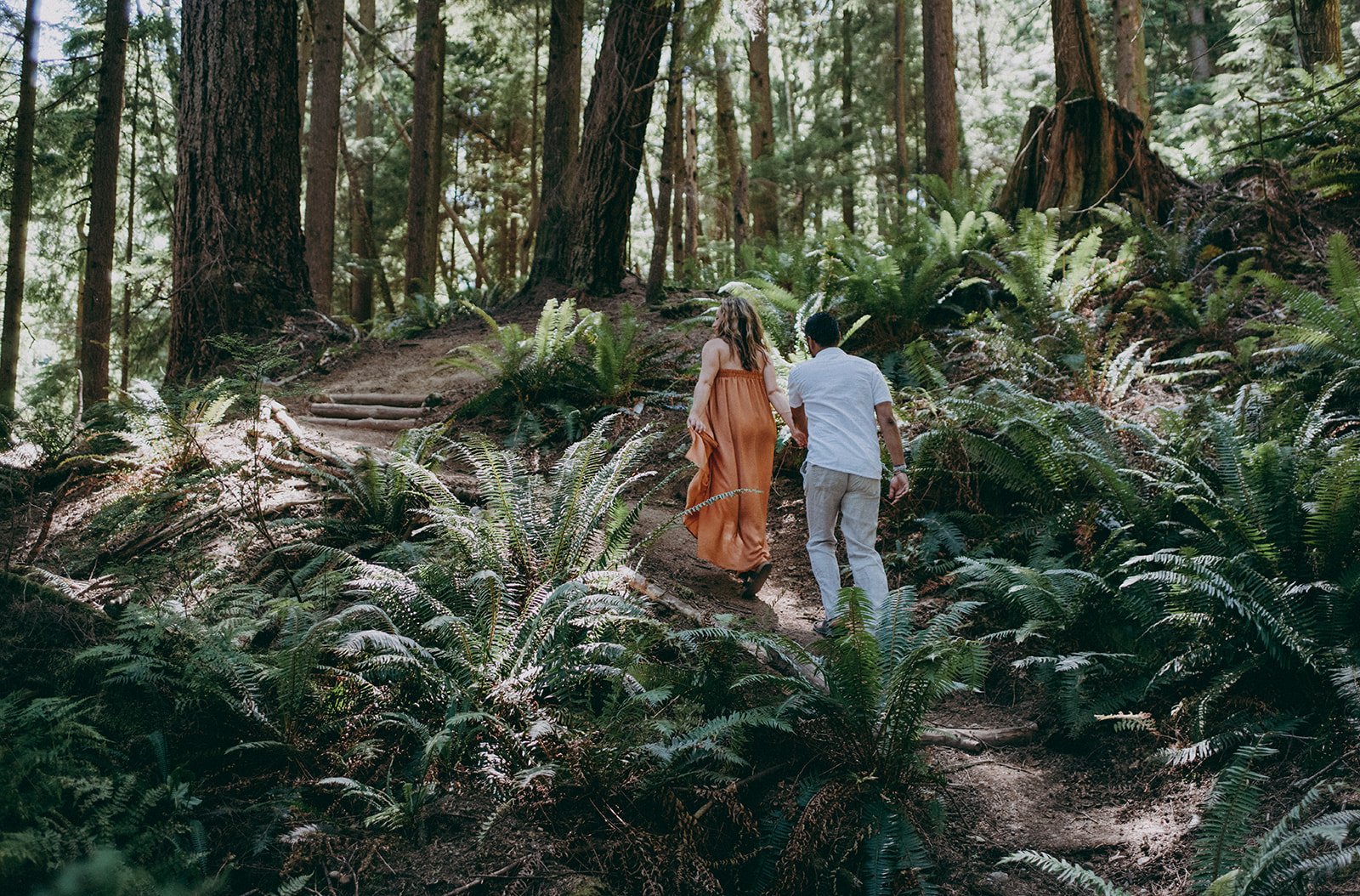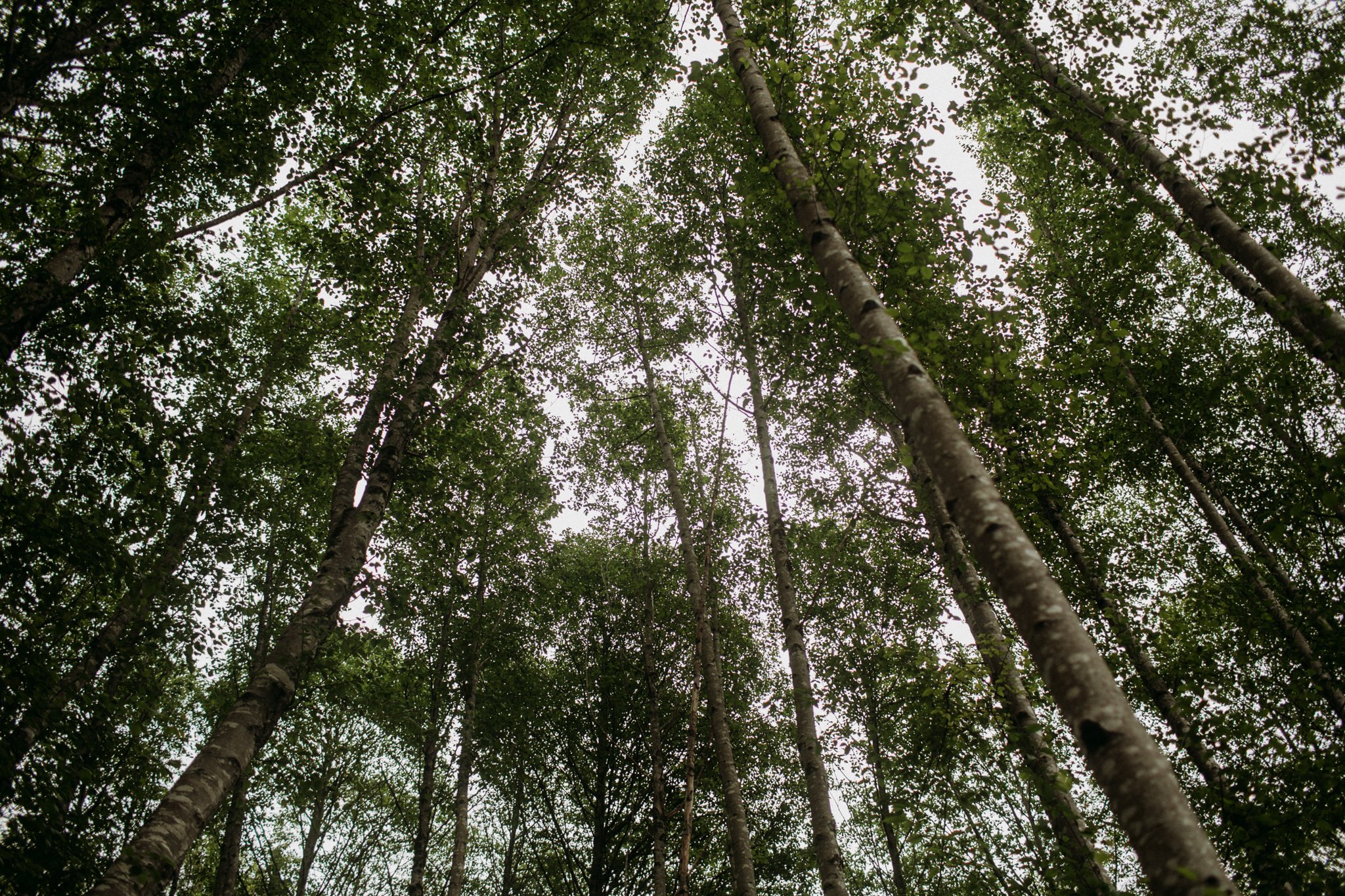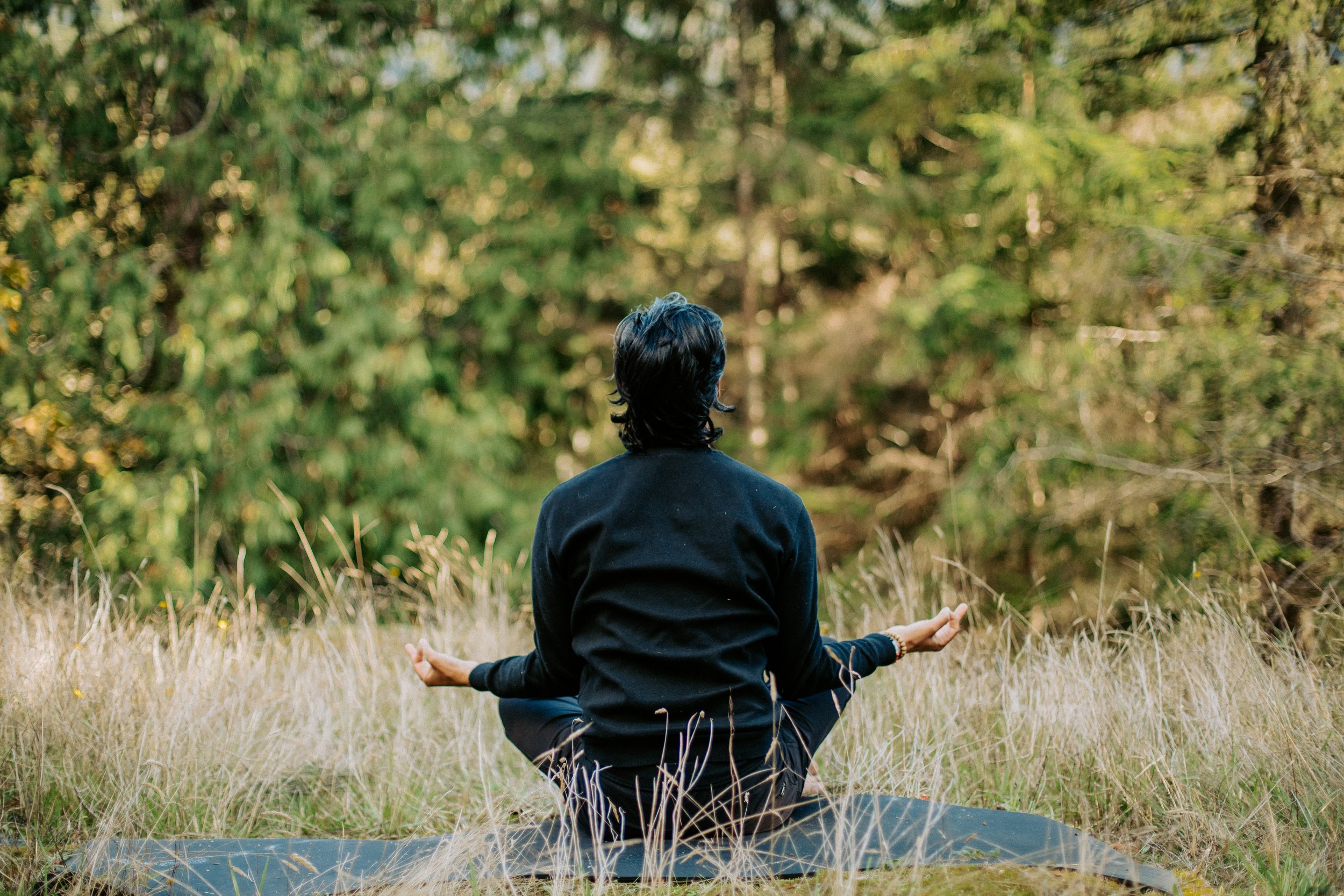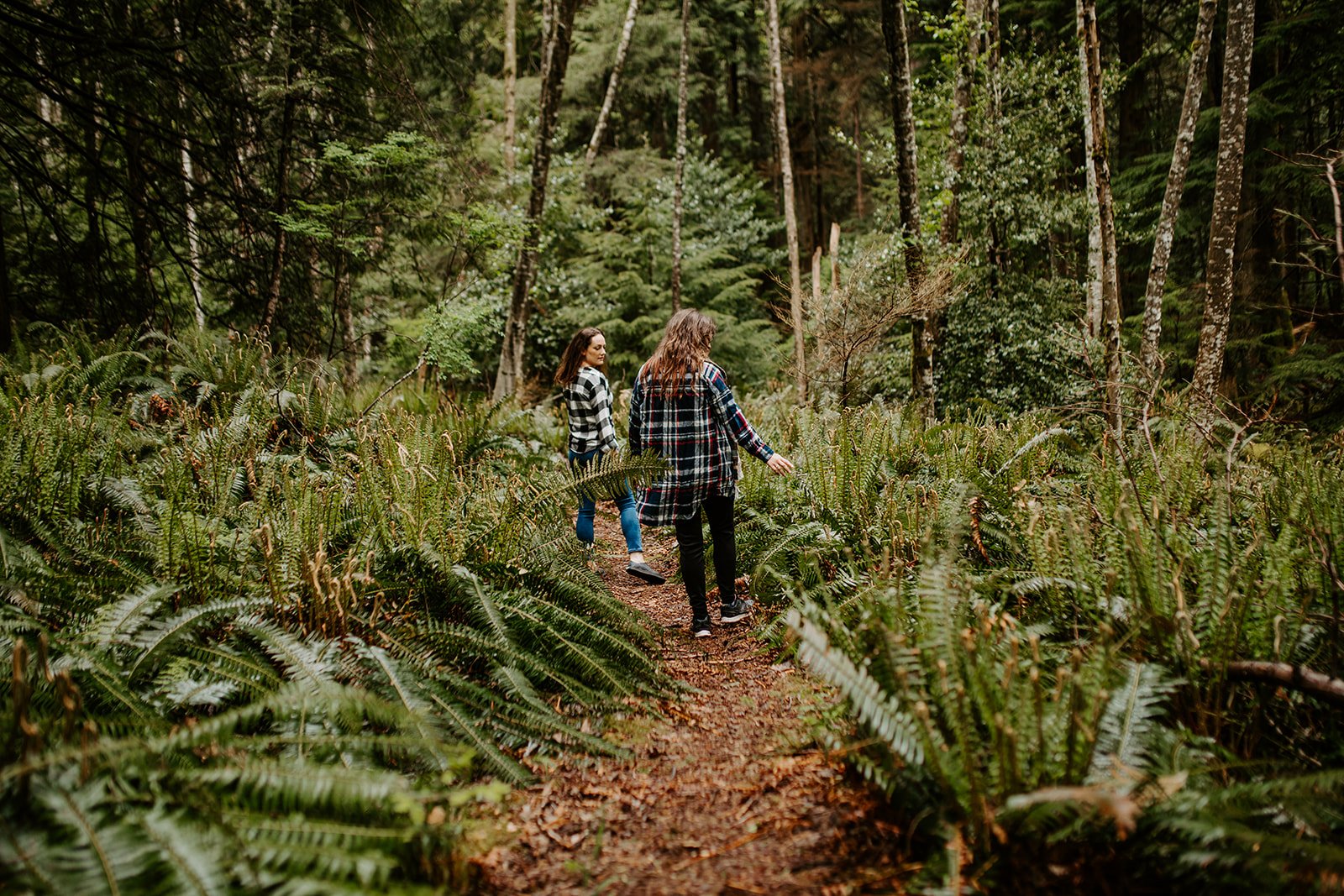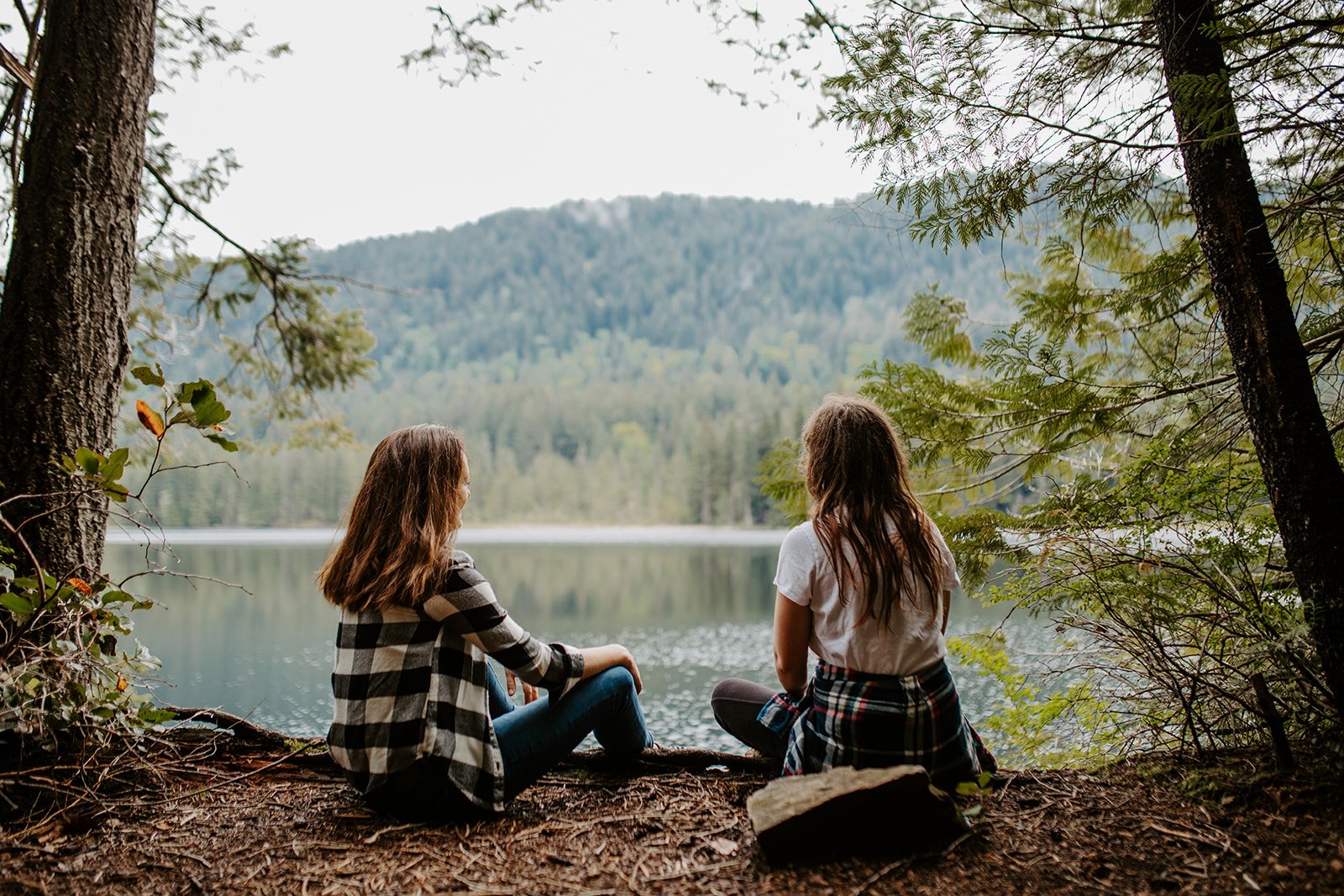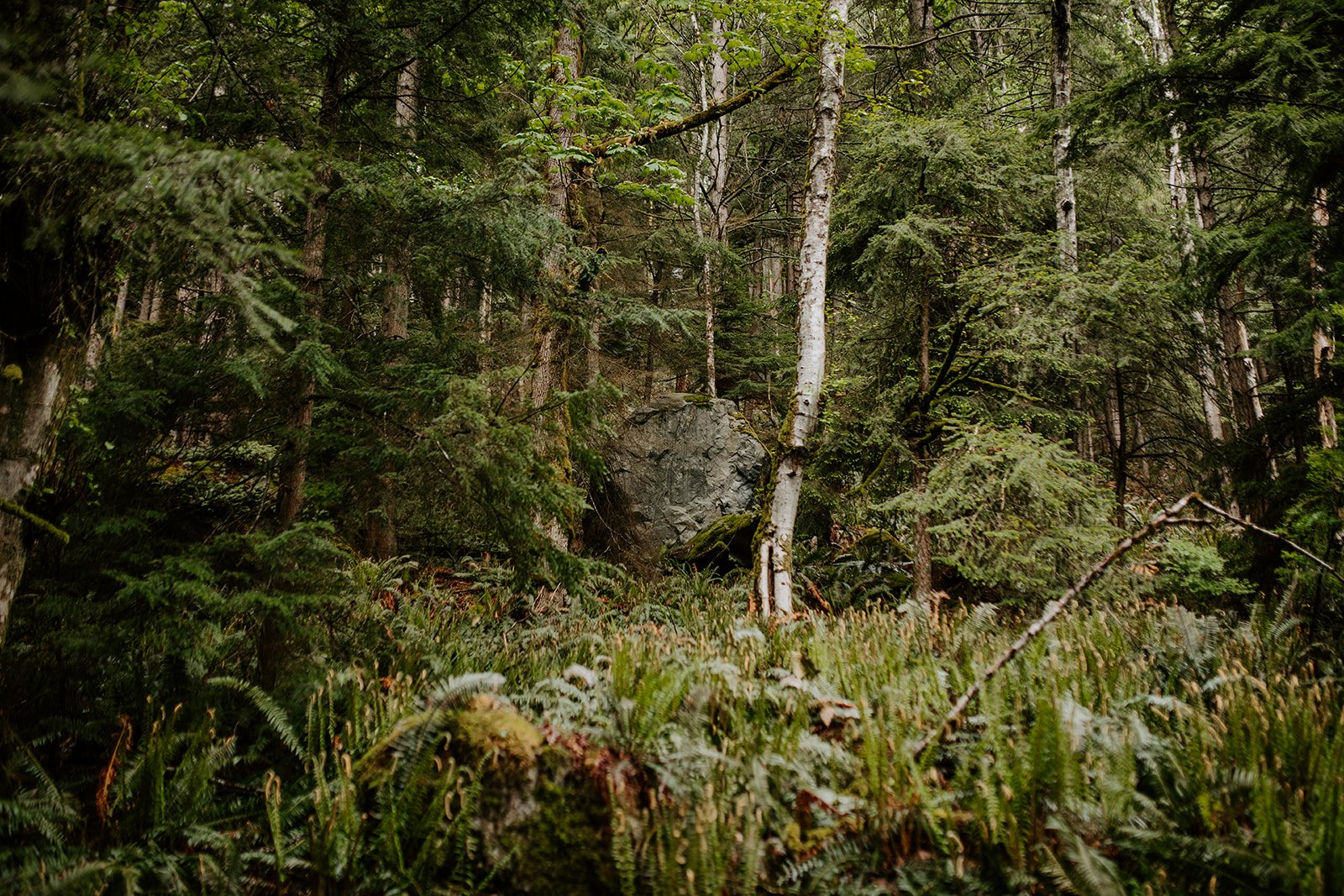Pine trees, belonging to the genus Pinus spp., stand as stalwart guardians in the forest network. These evergreen conifers, characterized by their needle-like leaves and distinctive cones, possess an enduring visual and fragrant allure. Their presence is woven intricately into the fabric of our ecosystem, offering both tangible and intangible gifts to the environment and its inhabitants, including here at Nectar Yoga Retreat on Bowen Island.
Plant Medicine | Trees of the Pacific Northwest
Here at Nectar Yoga, in the beautiful Pacific Northwest of Canada, we are blessed with an abundance of different flora and fauna, each lending its’ unique properties to our environments.
As part of the living yoga practice and our commitment to being stewards of the land, part of our practice of Svadhyaya, the Yama translating to self-study, is learning the wisdom of the trees.
On our 20 acres of forested land at Nectar Yoga, we have over ten different species of trees alone. At the same time, according to provincial government documentation* from British Columbia, there are approximately 40 tree species found across the province.
The roots of trees have two jobs, to anchor the tree to the earth, and absorb nutrients and water from the soil. As humans, our “roots” and foundations are our anchor points as we grow.
We grow stronger when nurtured with healthy food, relationships, lessons, feedback, and reflections. Though our roots are weak from a lack of coping tools, unhealthy relationships, poor nutrition, etc., we struggle to grow.
Trees, in particular, quietly offer many lessons from which humans can learn much. The David Suzuki Foundation* created a thoughtful list to inspire perspective.
Always grow toward the light. Live righteously and let your reach exceed your grasp.
Knowing the smallest scratch can have lasting effects. Be mindful of what you teach children and others who will follow you.
Provide refuge. Trees give food, shade and shelter. Be a source of comfort. Provide for others in need.
Share your fruits. Proactively reach out to bring sweetness and sustenance to others.
Waste nothing. Nature never wastes. Tree leaves fall and enrich the soil for new growth. Give back to the world to sustain others.
Be supple in the wind. You’re the product of billions of years of evolution. You may be stronger than you think. Bend like the willow to survive life’s storms.
Grow stronger through life experiences. Just like a tree’s rings record its journey through drought and rain, fire and calm, let life add layers of wisdom as you grow.
Be a team player. In The Hidden Life of Trees, Peter Wohlleben says “A tree can be only as strong as the forest that surrounds it.” Co-operate. Collaborate. Support each other.
Have a lasting impact. Trees provide oxygen, clean air and water, enrich the soil and support other life after they fall. Leave the world a better place.
Be rooted. You’re standing on the shoulders of those who came before you, including all life with which we share [lineage with].
The fascinating ancestral uses, knowledge and medicinal benefits of trees range widely. We have chosen some of our favourites to share with you based on our own day-to-day findings, as well as the notable research and studies done by forestry professionals.*
Western Red Cedar
This tree has been called the cornerstone of Northwest Coast aboriginal culture and has great spiritual significance. When felled, all parts of the tree can be used. Because of its resistance to decay, bacteria and insect invasions, a fallen cedar remains intact and salvageable for use for over 100 years. The wood is typically used for house planks, canoes, paddles, boxes and tools.
Notice when you break apart a leaf or scratch the bark of a red cedar how aromatic it is, due to the quick release of its essential oil. This oil is a natural repellent, protecting the tree as it grows. Indigenous tribes used the bark for clothing, ropes and baskets and found various medicinal uses, mainly as an antifungal treatment. Cedar leaves could be boiled down to make salves or tinctures, to rub externally on fungal infections on the body to help cure them. The leaves were also boiled, and steam treatments from the infused cedar water effectively promoted a healthy respiratory system.
Western White Pine
This tree species typically grows in closed groupings of trees. When the trees are young, the bark is thick and smooth, though as it ages, it darkens and forms deep vertical grooves. Western white pines are commonly found in drier parts of Vancouver Island, the coastline and the southern interior.
The wood from this tree is ideal for carving because of its fine grain and unique construction projects due to its uniform texture.
This tree had limited medicinal uses; however, the inner bark and sap were once used to treat respiratory-based illnesses through ointments and tea.
Western Larch
These beautiful trees are most popular in fall when they turn brilliant shades of gold. They can grow up to 80 meters in height and 850 years old. They grow in clusters in valleys and lower mountain slopes in the southern Interior of BC. They grow in clusters and mixed forests, multiplying quickly as they flourish in full sunlight. The wood from this tree is one of the strongest in Canada and is used in heavy construction projects, including many railroads across the country.
The thick bark and pattern of shedding lower limbs make this tree resistant to forest fires.
Historically among various local tribes, for medicinal purposes, the gum extracted from under the bark was used for dressing cuts and bruises. The bark could be boiled into a tea infusion and used to treat coughs and colds. A concentrate of the sap (having been boiled down) was used to wash wounds, and the gummy sap was chewed to relieve a sore throat. Dried resin mixed with grease was also used to make cosmetics or red paint.
Sitka Spruce
Found all over the Nectar property and commonly found in the coastal fog belt and wetter areas, where the forest floor is thick with mosses and deer ferns. This tree is known for having wider trunks at full maturity. The largest known of its species is 93 meters tall and 5 meters wide.
Indigenous tribes living on the coast used many parts of the Sitka spruce. From their roots, they created watertight baskets and hats, ropes, fishing lines, and twine for sewing. Eating the inner bark or young tree shoots as a source of Vitamin C The resin has many uses, including chewing gum, and was traditionally used for caulking canoes. The resin is a diuretic (which expels excess sodium from the body) and an antiseptic (which cleans); thus was used for skin irritants such as burns, wounds, infections, and sores. The inner bark was also consumed and used to treat colds, sore throats, and toothaches.
The wood from this tree is valuable, as it is light, soft, and flexible, yet solid and durable. It also contains impressive acoustic properties, making it ideal for building instruments such as pianos, guitars and violins.
Douglas Fir
There are two varieties of this tree, coastal and interior. Respectively, they are found in their namesakes' areas of the province. The Interior variety grows in various habitats, including wetlands and open forests. The Coastal type grows well alongside western redcedar, grand firs and hemlocks, with forest floors abundant in sword fern supporting them. Like the Western White Pine, the bark becomes dark with age and deeply grooved with ridges.
The wood from Douglas fir is dense and durable, making it highly valuable to exported lumber since the 18th century. Indigenous tribes in the southern parts of BC used the boughs for handles and fishing hooks and covered the floors of lodges and sweat lodges. The limbs were also commonly used for cooking fires.
The resin from the trunk has antiseptic properties and can be used for various skin ailments, including cuts, scrapes, burns, and others. The resin can also be chewed like gum and used to treat cold symptoms like a sore throat or cough. Twigs and shoots are also known to have medicinal properties.
Douglas-firs serve more purposes than just standing as a Christmas tree. A historical medicinal use is evergreen tree tip tea. The tea has a citrus-pine flavour and is extremely hydrating and revitalizing. This tea is an excellent source of vitamin C, and for the best flavour, Douglas-fir tips should be harvested in the springtime.
Depending where you are in the world, some of the trees we mentioned may or may not be familiar. Our intention behind sharing this post is to inspire our community to learn more about the trees in their local areas. We encourage you to find out what natural healing properties and amenities have been surrounding you that you have never noticed, and perhaps gain a deeper appreciation for what nature offers us.
Sources Cited:
Acknowledgment and thanks to the contributing resources of this publication,
As always, sending gratitude to our community near and far, both for taking the time to explore our blog and for walking the path to your best self - we hope this resonated and aids you in finding peace and balance within.
If you feel called to share your feelings and practices surrounding the recent seasonal shift, please do so in the comments below or send us a message via email.
All Photos - Copyright Nectar Yoga






